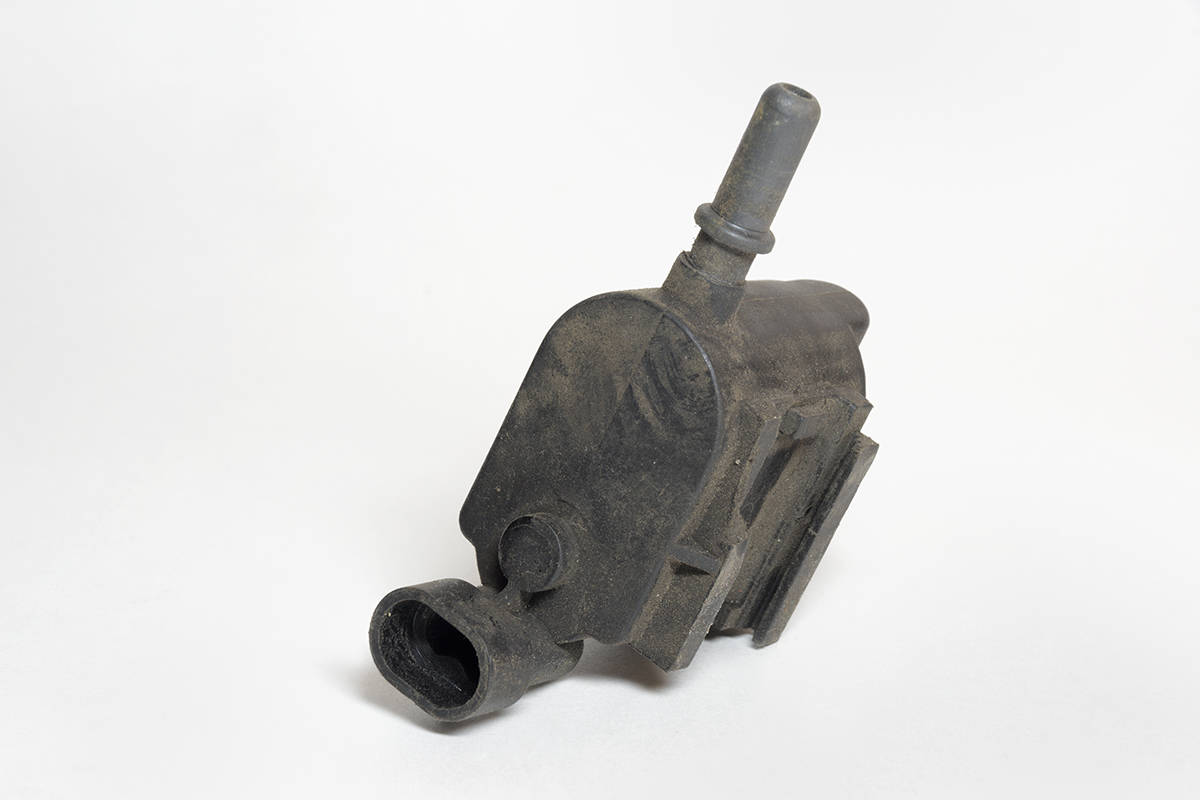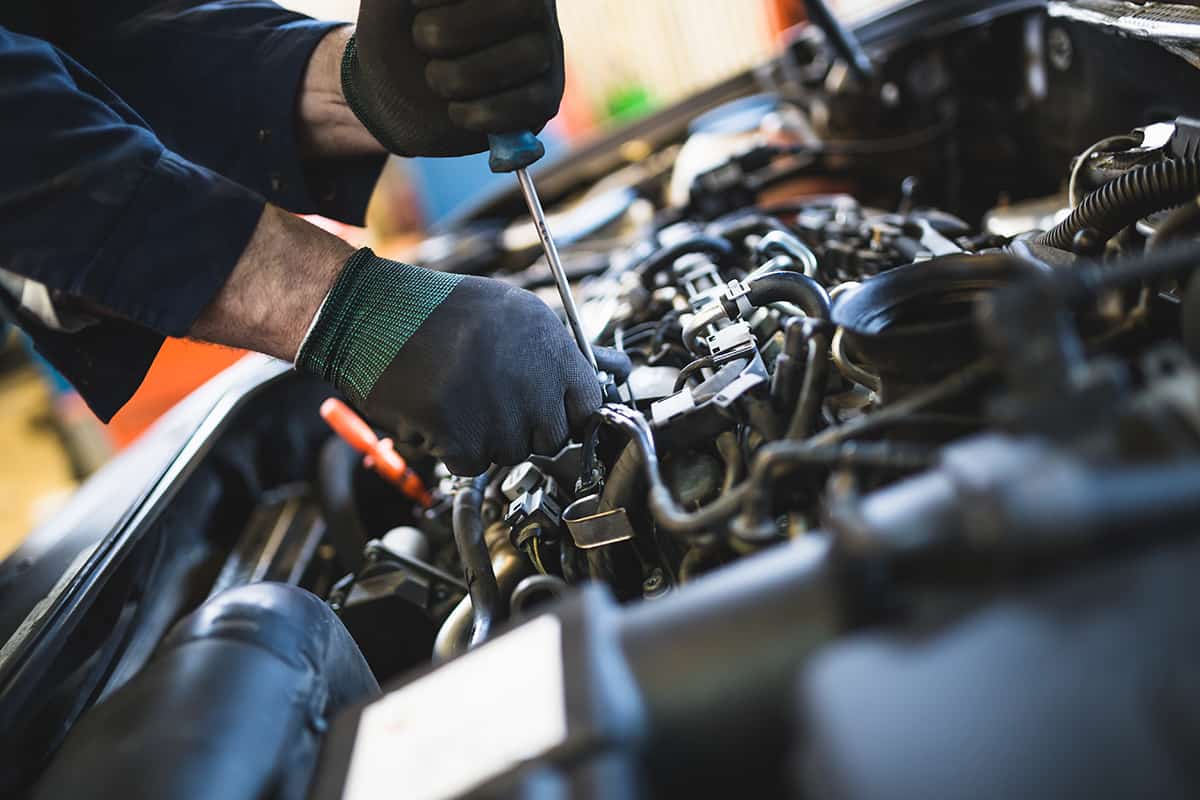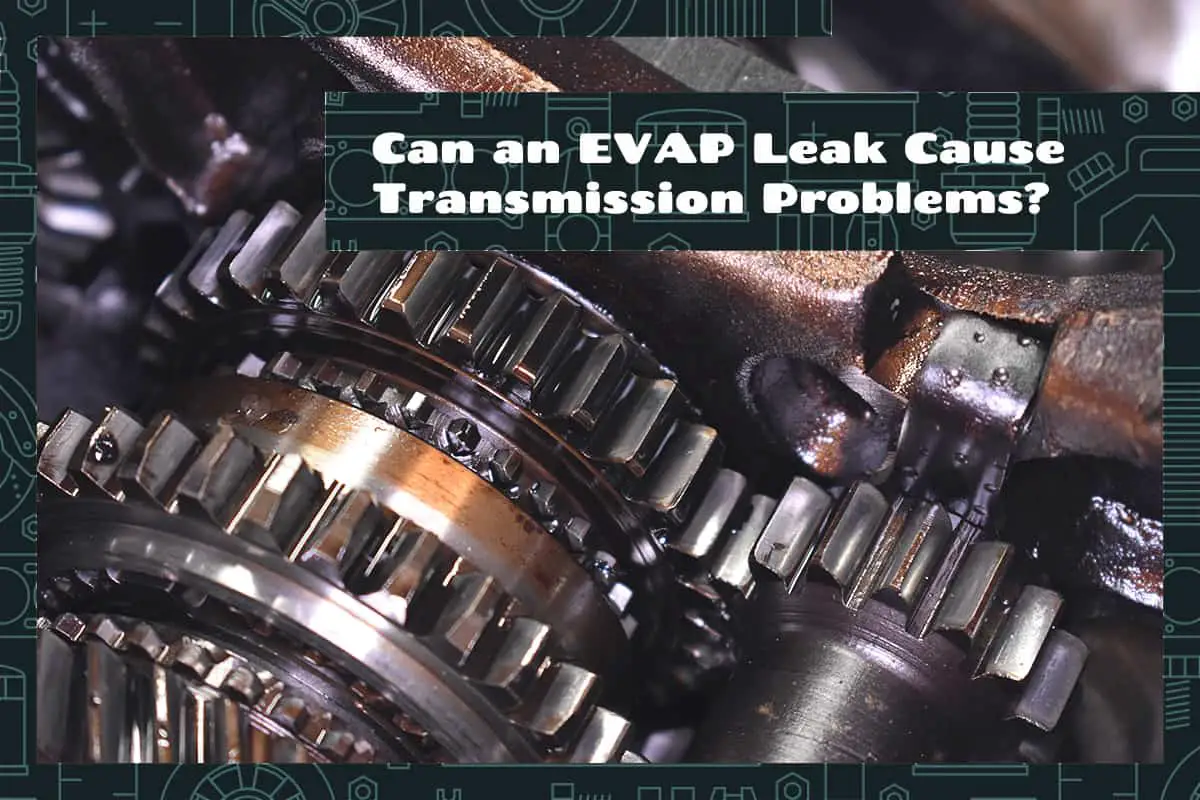The EVAP system is designed to prevent harmful fuel vapors from being released into the environment. This system, much like any other part of a car, can develop leaks, which, if not addressed, may lead to various vehicle issues. But does it affect the transmission and how?
Yes, EVAP leaks can indirectly lead to transmission problems. When the EVAP system malfunctions, it can increase the engine’s workload, alter driving characteristics, and even lead to overheating. This overheating may affect the transmission fluid, causing potential transmission issues.
In the following sections, we’ll further explore the EVAP system, its relationship with your car’s transmission, and how to address the problem.
What is an EVAP Leak?

The EVAP, or Evaporative Emission Control System, is responsible for trapping and storing fuel vapors. Instead of allowing these vapors to escape into the atmosphere, the system reroutes them into the engine to be burned off. This process helps reduce harmful emissions and maintains fuel efficiency.
It consists of a network of valves, hoses, and canisters working together to capture fuel vapors. Key components include:
- Charcoal canister: This absorbs and stores fuel vapors.
- Purge valve: Sends the stored vapors into the engine for combustion.
- Vent valve: Allows fresh air to enter the canister, helping to purge the vapor.
- Fuel tank: Where the vapors originate.
Direct Consequences of an EVAP Leak
EVAP leaks often arise from wear and tear or component failure. The most common consequences of such failures include:
1. Effects on the Engine
The engine relies on an accurate mixture of air and fuel to operate efficiently. When there’s an EVAP leak, the balance is disturbed. Here’s how:
- Performance Drop: An improper air-to-fuel ratio, which can occur due to an EVAP leak, can degrade the engine’s performance. You might notice slower acceleration or a rougher idle than usual.
- Engine Misfires: With a compromised mixture, the engine can experience misfires. This is when the engine doesn’t burn the air-fuel mixture correctly, leading to erratic performance.
- Engine Stalling: In severe cases, the engine might stall, especially when idling. This sudden stop, especially in traffic, can pose safety concerns.
2. Reduction in Fuel Efficiency
The efficiency with which your car uses fuel can be noticeably reduced due to an EVAP leak. Here are the reasons:
- Wasted Fuel Vapors: Instead of being rerouted to the engine for combustion, the uncontained vapors escape, wasting fuel.
- Compromised Air-Fuel Mixture: As mentioned, an EVAP leak disturbs the optimal air-to-fuel ratio, which means the engine might consume more fuel to produce the same power.
- Increased Engine Load: The engine has to work harder to compensate for the issues arising from the leak. This extra effort translates to increased fuel consumption.
3. Increased Emission of Pollutants
Cars today are designed to be environmentally friendly, and the EVAP system plays a role in this. A malfunctioning EVAP can lead to:
- Harmful Emissions: The escaped vapors contain hydrocarbons, which, when released into the air, contribute to smog formation and can be harmful to human health.
- Violation of Emission Standards: Many regions have stringent emission standards, and a vehicle with a significant EVAP leak can exceed these permissible levels. This can lead to fines or restrictions.
4. Potential Safety Hazards
Fuel vapors are flammable, and their uncontrolled release can be dangerous:
- Fire Risk: While relatively rare, there’s a potential risk of fire if these vapors come into contact with a spark or a very hot surface. This risk is especially heightened during refueling.
- Health Risk from Inhalation: Continually inhaling fuel vapors is harmful. If there’s a substantial leak, occupants of the vehicle might be exposed to these fumes, leading to dizziness, headaches, or even more severe health issues if exposure is prolonged.
Can EVAP Leaks Affect the Transmission?
It might seem puzzling how a leak in the EVAP could have any bearing on the transmission, a component seemingly unrelated to fuel vapors. However, the intricate interplay of automotive systems means one malfunction can create a ripple effect.
The health and levels of transmission fluid can be indirectly affected by an EVAP leak:
- Heat Degradation: Transmission fluid is designed to operate within a specific temperature range. If the engine overheats due to an EVAP leak, the transmission fluid can become too hot, breaking down faster and losing its lubricating qualities.
- Contaminants: Overheating can lead to the breakdown not just of the transmission fluid but also of the transmission’s internal parts. This can introduce contaminants into the fluid, further exacerbating the problem.
While the connection is indirect, an untreated EVAP leak can potentially cause or accelerate certain transmission problems, such as delayed shifting and overheating.
Addressing an EVAP Leak

If your ODB-II scanner shows an EVAP code, you need to correct the problem as quickly as possible. This is a general guideline to help resolve the problem. Consult with a mechanic if you’re unsure of anything.
Identifying the Presence of an EVAP Leak
The first step to resolving any problem is diagnosing it:
- Check Engine Light: The vehicle’s onboard computer can detect an EVAP leak and inform you via this dashboard light. A diagnostic test can pinpoint it to the EVAP system.
- Fuel Odor: If you detect a persistent gasoline smell around your vehicle, especially after refueling, it may suggest an EVAP leak.
Locating the EVAP Leak
Once you’ve identified the potential presence of a leak, the next step is locating it:
- Visual Inspection: Start by visually examining the EVAP system components. Look for cracks, damages, or loose connections, especially around the charcoal canister, purge valve, and vent valve.
- Smoke Test: Mechanics often use this method. Introducing smoke into the system can help highlight the exact location of the leak as the smoke will escape from the faulty point.
Repairing the Leak
Depending on the location and severity of the leak, different repair approaches can be adopted:
- Tightening Loose Components: Sometimes, the issue might be as simple as a loose gas cap or connection. Ensure all components are tightly secured.
- Replacing Damaged Parts: Cracked or severely damaged parts of the EVAP system need replacement. Common components that might require changing include the purge solenoid, charcoal canister, or vent valve.
- Sealing Minor Leaks: For small leaks, sealants specifically designed for the EVAP system can be used.
FAQs
1. Are transmission problems expensive to fix?
Transmission repairs can range from relatively inexpensive to quite costly. Minor issues, like replacing a transmission fluid or fixing a leak, can be on the lower end. However, if the entire transmission needs to be rebuilt or replaced, it can be one of the priciest repairs on a vehicle.
2. Can driving with an EVAP leak damage my transmission?
Driving with an EVAP leak primarily affects the emission system, causing poor fuel economy and increasing pollution. It’s unlikely for an EVAP leak directly to damage the transmission, but if the leak leads to other engine problems or if it results in driving behaviors that strain the transmission, there could be indirect effects.
3. How do I know if my transmission is failing or if it’s just an EVAP issue?
Symptoms of a failing transmission include slipping gears, delayed acceleration, strange noises when shifting, and a burning smell. On the other hand, an EVAP issue might trigger the check engine light, produce a fuel odor, or cause difficulties starting the car after refueling. While both problems can illuminate the check engine light, a diagnostic test can differentiate between them. If in doubt, consult with a mechanic for a precise diagnosis.







